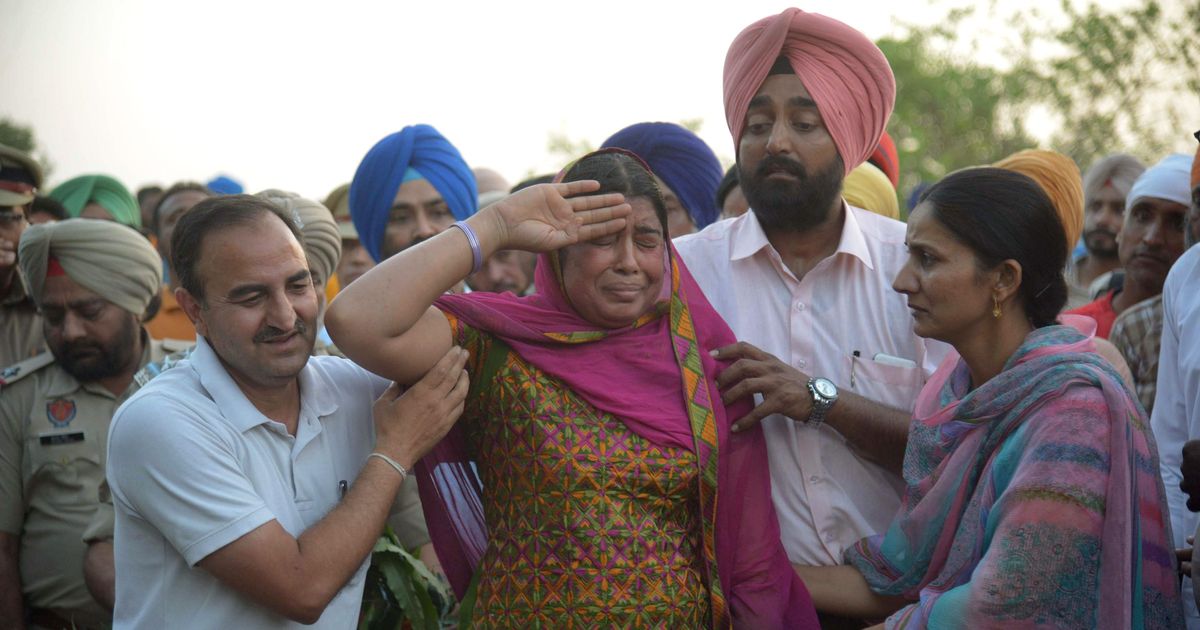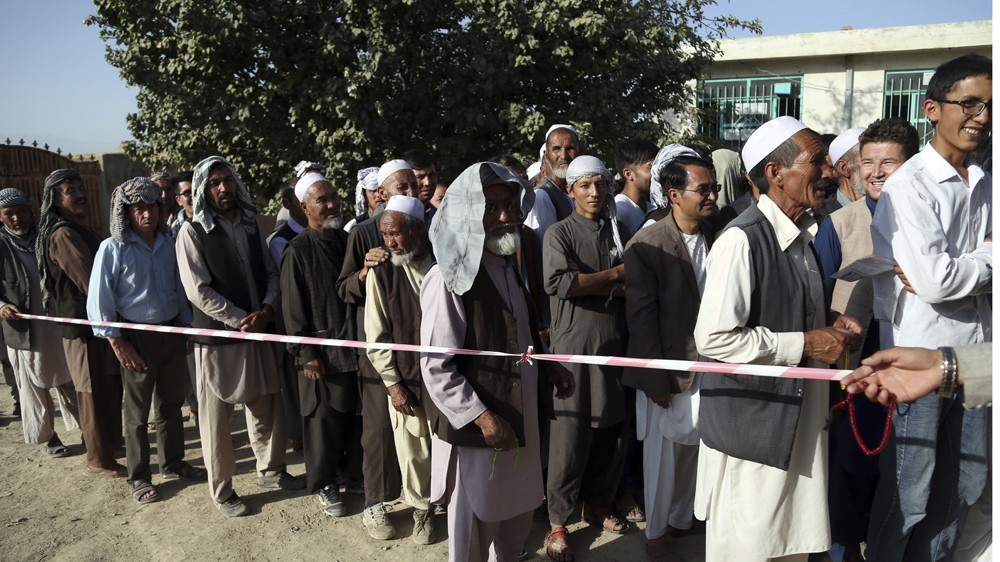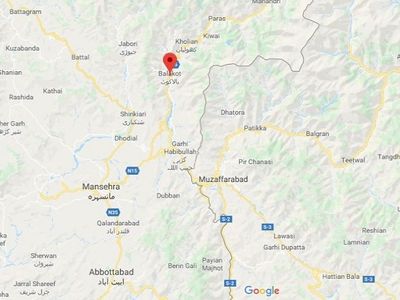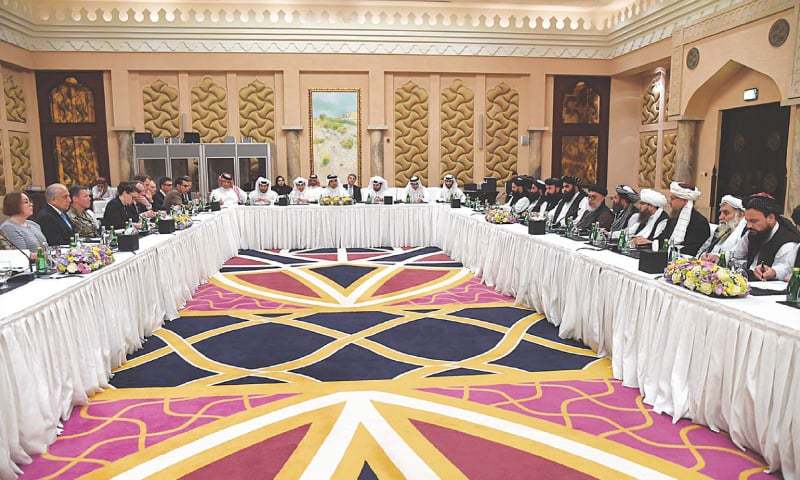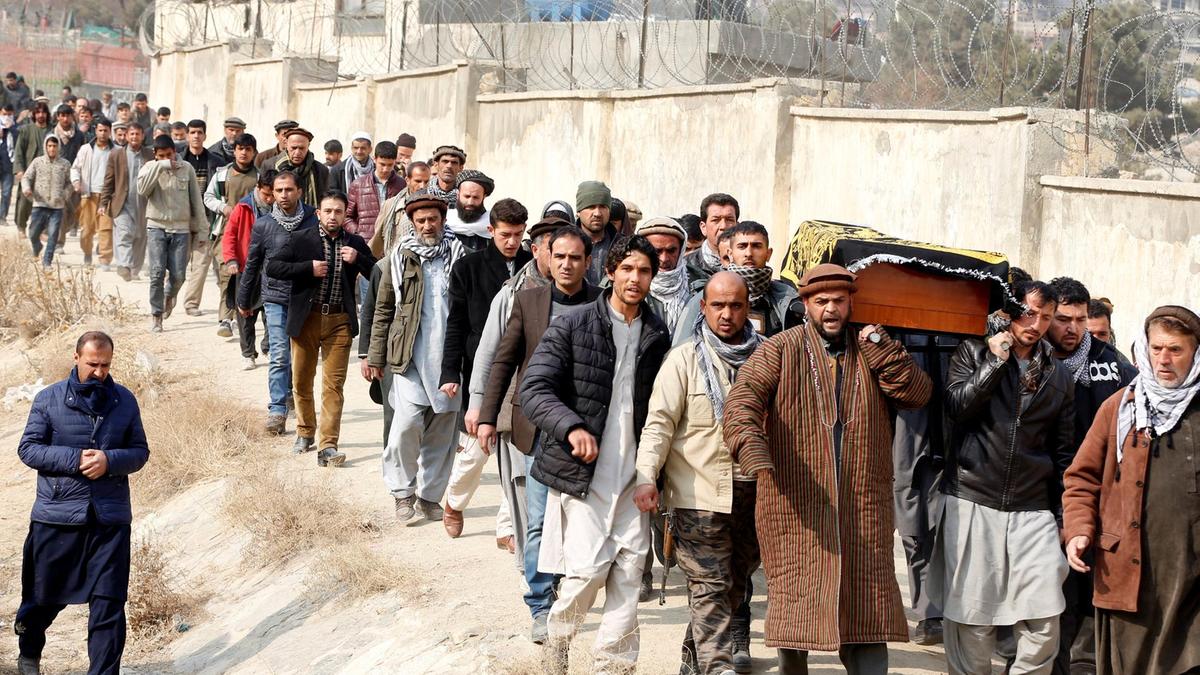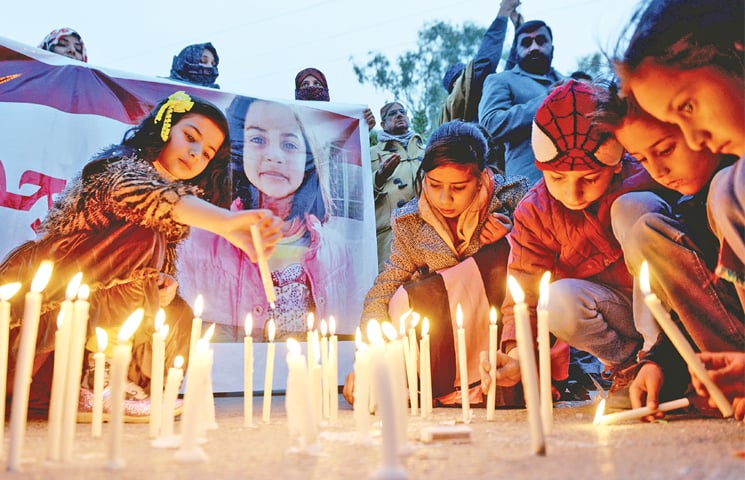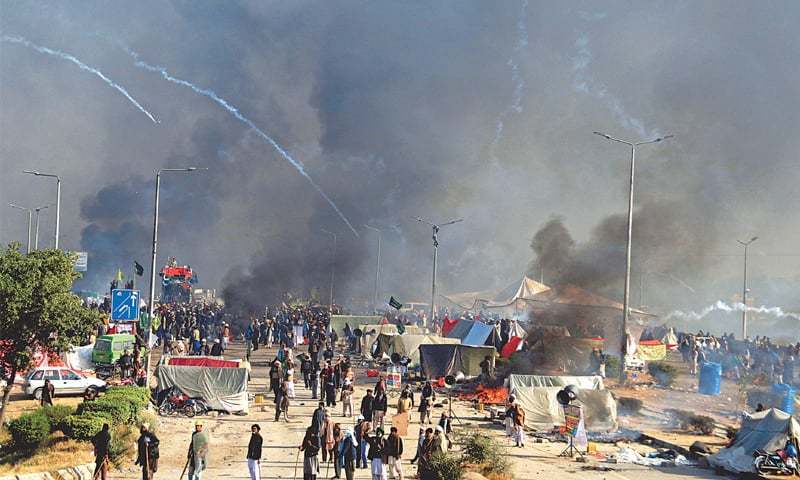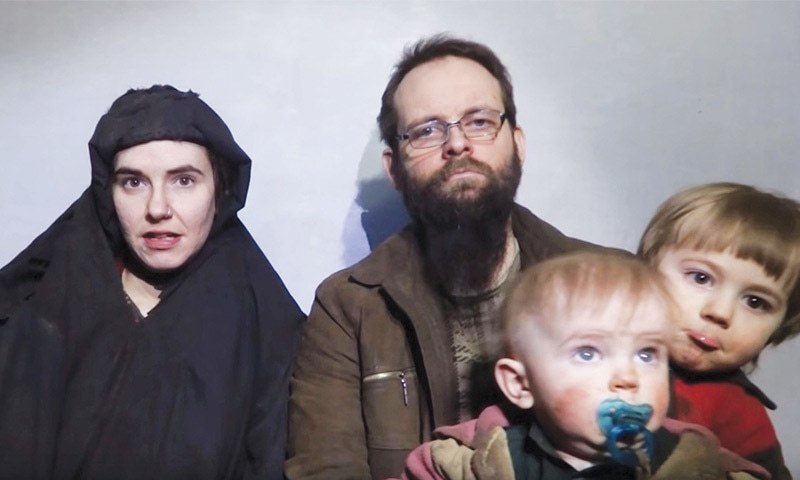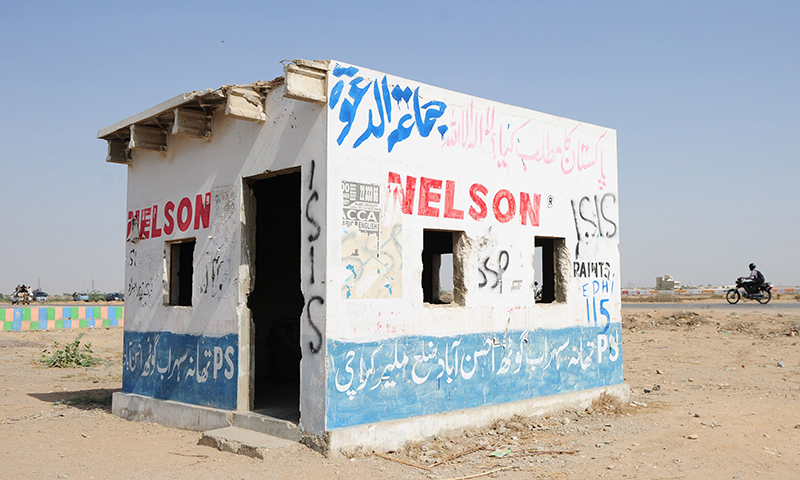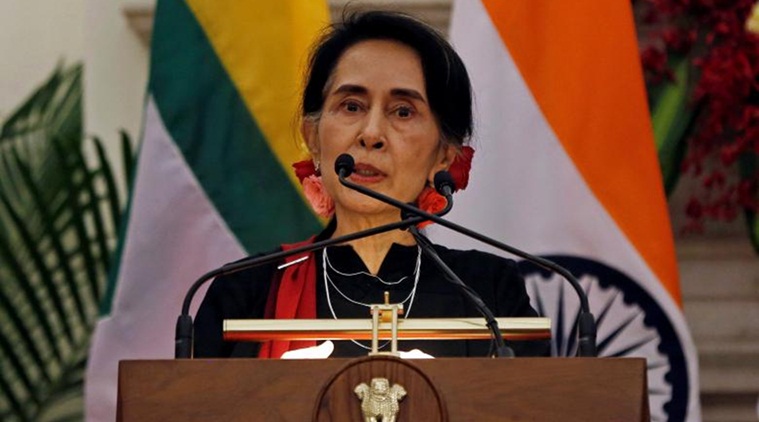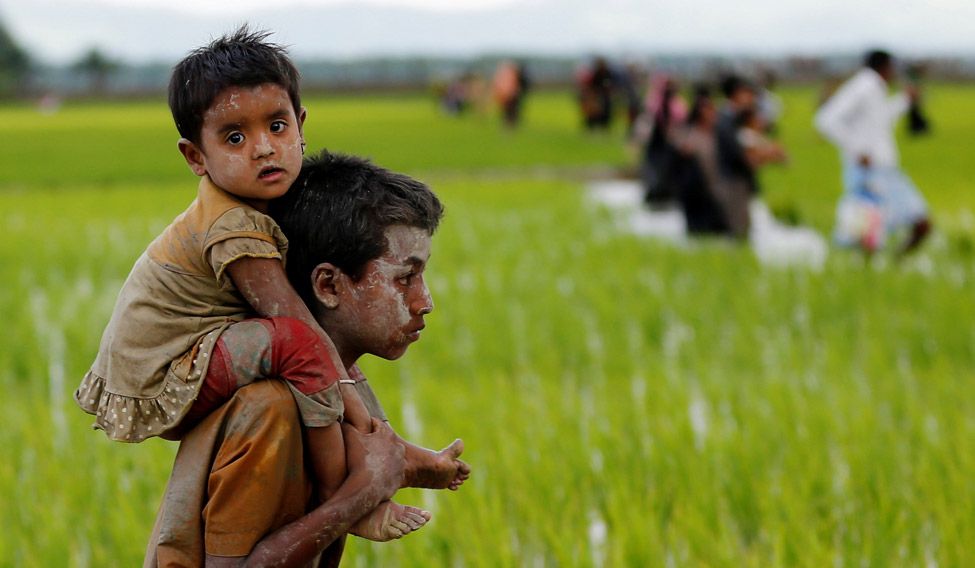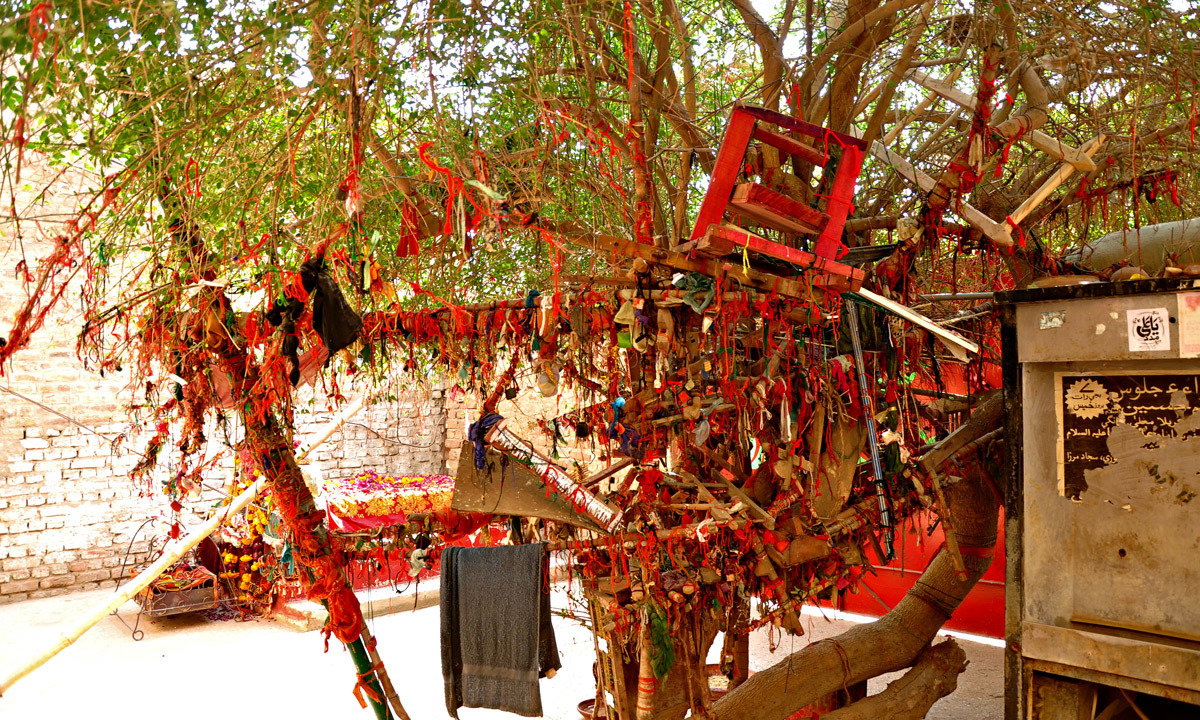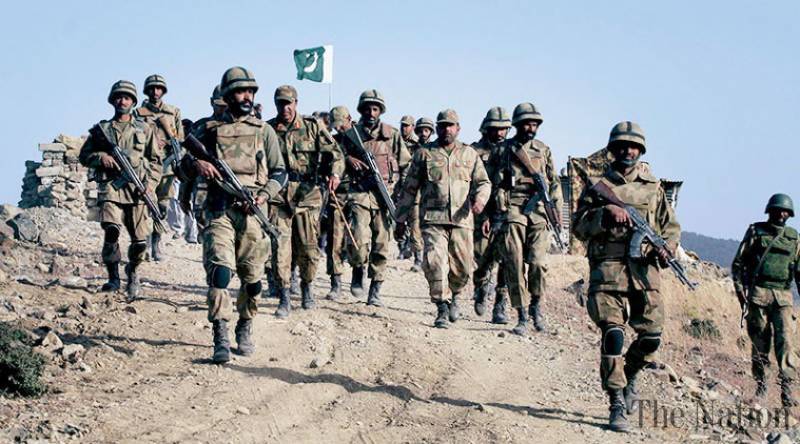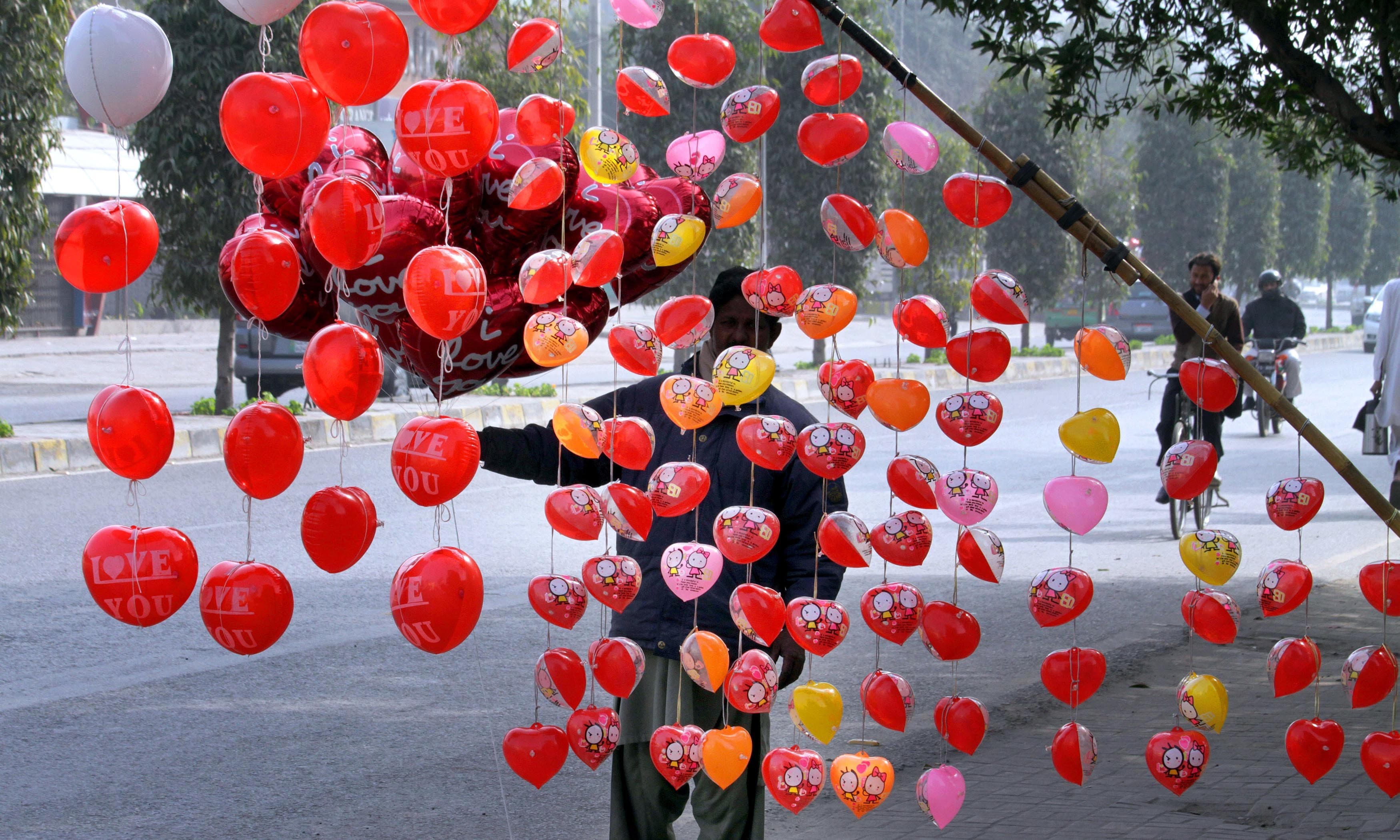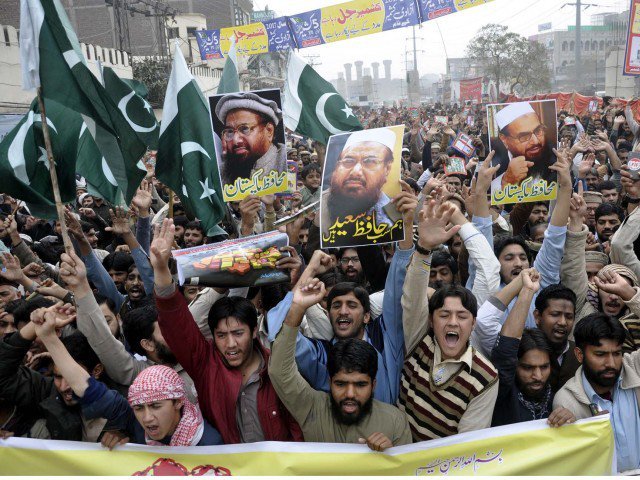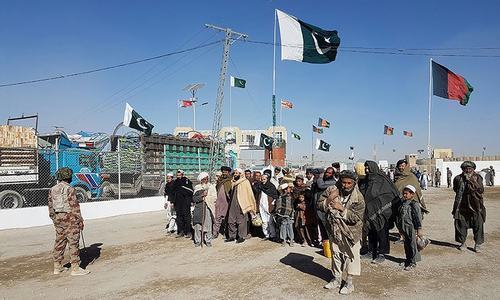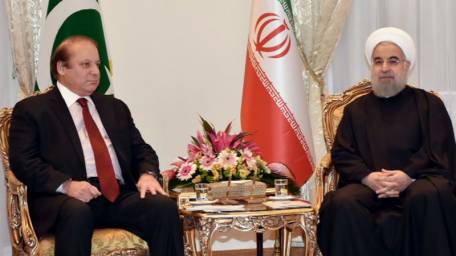CR Analysis
D. Suba Chandran
Professor
International Strategic and Security Studies Programme (ISSSP)
National Institute of Advanced Studies (NIAS), Bangalore
Early May 2018, Pakistan’s Chief of Army Staff Gen Bajwa met the protesting Hazara community in Quetta. Separately, the Chief Justice of Pakistan taking Suo Motu notice of the Hazara violence stated:, again early this month “I have just met members of the Hazara community; they are so scared that they are not even approaching the Supreme Court. They can't go to schools or hospitals.” He asked a crucial question: “Are they not citizens of Pakistan?”
During the recent years (since 2011), there has been an increased attack on the Hazara community in Balochistan. Militants have been targeting them in roadsides, markets, rallies etc.
Who are the Hazara? Why are they being targeted? Who are the perpetrators? What has been the response of the Pakistan State in addressing the violence against the Hazara? And, where does the civil society in Balochistan and rest of Pakistan stand in supporting the Hazara against the targeted violence?
Who are the Hazara?
Hazara is one of the multiple Shia communities in Pakistan numbering around 900,000, with a majority of them living around Quetta in Balochistan.
Historically, the Hazara community moved from the Hazarajat region in Central Afghanistan into today’s Pakistan in three distinct waves and for different reasons.
The first two waves took place during the British period. The first wave was a trickle and voluntary, which moved into British India, primarily to work as labourers in the infrastructural projects, mainly in the railways in Balochistan along the Bolan Pass. The British also encouraged the Hazara movement into Balochistan from Afghanistan.
The second wave of Hazara migration into British India was substantial and forced. There was structured violence against the Hazara in Afghanistan following a domestic upsurge in the Hazarajat during the reign of Amir Abdul Rehman in the 19th century. While a section looks at this violence as ethnic cleansing, others analyse the same as a part of Amir’s efforts to bring the region under his control, following the Second Anglo-Afghan war that ended in 1880. According to reports, half of the Hazara population was either killed in Afghanistan or forced to flee the country. This was the original sin; efforts to understand the reasons behind violence against the Hazara community within Afghanistan will have to start from here. This also played a role in a similar violence against them, much later during the Taliban reign in Afghanistan.
The third wave of the Hazara movement into Pakistan was sectarian and an exodus. It took place during the Taliban rule in the 1990s and continued during the last decade. Taliban, as a part of their vendetta against the minority communities in Western and Northern Afghanistan, also targeted the Hazara, forcing them to flee into Balochistan.
Anthropologically, the Hazara community is linked with the Mongols and Central Asian Turks. They are believed to be the descendants of a 1000 soldiers unit of the great Mongol Genghis Khan. “Hazar” refers to 1000 in Persian (and also in Urdu). Babur, the Mughal Emperor mentions their presence for the first time.
The Violence against Hazara in Quetta
Though the Hazara community has been living in and around Quetta in Balochistan for the last few hundred years, there was rarely any organised violence against them in Pakistan. It is a recent phenomenon, especially since 2011.
Though there were few attacks during the last decade as well, since 2011, there have been regular and systematic attacks on Hazara. Some of these attacks are using suicide bombs, while the rest are regular indiscriminate firing but target specific. There have also been frequent gun attacks by motorbike-borne assailants on Hazara youths, businesspeople and pilgrims.
Some of the above attacks had a massive casualty in a single bombing. Consider the following: the June 2012 suicide bombing in Quetta killed more than 15; the multiple bombings in January 2013 on the same day killed more than 110; the February 2013 bombing in Quetta killed more than 70; a suicide attack in June 2013 killed more than 30.
Thus, one could see a pattern in violence against the Hazara community in Balochistan since 2011. And the violence is just not physical through bombings and indiscriminate firing. Physical violence against the Hazara has a collateral on emotional balance, business opportunities and more importantly, the right to move without fear. There has been a voluntary self-ghettoization into two localities within Quetta,
Many Hazara parents are worried about sending their children to the Schools, as they consider the place as insecure for the young ones. None other than the Chief Justice of Pakistan has commented early this week about the Hazara fear over getting their children educated.
Motorbike borne assailants and their public killings in marketplaces have impacted the small Hazara businessmen and workers. There have been a series of attacks on markets where the Hazara community either do business or go there to buy essential commodities.
Thus the violence against the Hazara community is not only physical. It is also emotional and economic.
Who is targeting the Hazara in Balochistan?
While the Hazara violence has been adequately captured in the recent years, two questions are yet to be explored sufficiently: Who is targeting the Hazara in Quetta? And why?
Lashkar-e-Jhangvi (LeJ) - a sectarian militant group with its base in Punjab has been predominantly believed to be the primary perpetrator behind the Hazara violence. There have been a few statements attributed to the LeJ leaders on the killing Hazara community in Quetta. During the recent months, the ISIS in Pakistan have also claimed responsibility for violence in Balochistan, but need not necessarily against the Hazara.
The Lashkar-e-Jhangvi is considered to be the primary perpetrator of violence against the Hazara.
Now, the critical question – why does the LJ consider the Hazara as a threat? Or, what motivates the LJ to target the Hazara community in Quetta? Since LJ is a Punjab based organization and the cadres are also considered to be from the same province, the question assumes even more importance. Why should a Punjab based sectarian organization, target a community that lives in Balochistan?
The above question assumes importance with the LJ’s background. It was founded in Punjab, and was an offshoot of the Sipah-e-Sahaba Pakistan (SSP). Both organizations targeted the Shia community in Punjab, during the late 1980s and 1990s, especially around the Jhang region. The Hazara were not a part of their target during the 1980s-90s.
The LJ targeting the Hazara in Balochistan could be seen as a part of post 9/11 developments across the Durand Line. There has been a militant realignment across the Durand Line since 9/11. When the US forces invaded Afghanistan, militant and sectarian groups with their base in east of Durand Line – went into Afghanistan to fight with the Taliban, al Qaeda and their franchisees. For example, the LJ and the Jaish-e-Mohammad from Punjab and the TNSM from Swat/Malakand regions were some of the “Pakistani militant” groups that fought along with the al Qaeda-Taliban combine.
It is widely believed that the LJ started fighting along with the Taliban franchisees in KP and FATA. One could trace the LJ presence in the violence against the Shia community in Kurram Agency in the Federally Administered Tribal Agencies (FATA), especially in and around Parachinar.
Post 9/11 militant realignment across the Durand, pushed the LJ west of the Indus river.
Further, the crossing over of the Afghan Taliban into Balochistan to form the Quetta Shura also played a role in LJ having a larger presence in Balochistan. It cannot be a coincidence that the Taliban leadership moved into the Quetta and there has been a sudden outbreak of violence against the Hazara in the same town. LJ should have also moved into Quetta along with the Afghan Taliban, making Balochistan a new base.
Why is the Lashkar-e-Jhangvi, a Punjabi organization targeting the Hazara in Balochistan?
What threat does the Hazara pose to LJ? Why should the latter attack the former?
The Hazara community, unlike the Shias of the Jhang in Punjab do not have an economic clout. So, the class differences between the affluent Shia landlords and the Sunni peasants that played a crucial role in sectarian violence in the Jhang cannot be a reason for the LJ to target the Hazara in Balochistan.
Second, the rest of Baloch tribes that co-habitat Quetta along with the Hazara do not have any major issues with the latter. There may be minor differences between the Baloch and the Hazara, but the former does not see the latter as the “other”. Baloch and the Hazara share the same economic playground as well. Hence, the ethnic differences between the Hazara and non Hazara Baloch in Quetta also cannot be a reason for the LJ’s violence.
Third, Hazara is not a militant community – ideologically. They are inward looking and do not engage in proselytizing their version of Islam. Ideologically, the Hazara pose no threat to the Sunni Islam in Balochistan.
Why then is the LJ targeting the Hazara?
The LJ led violence against the Hazara is not due to any threat that the latter pose – economically or ideologically to the former. It is more to do with the ideology of the LJ – anti-Shia.
Second, for the LJ, the Hazara is an easy target. With a weak government in Balochistan and with the security forces tied up in KP and FATA, the Hazara community could be easily bulldozed and butchered. Since there is no one who can speak for the Hazara either inside in Balochistan or the rest of Pakistan, LJ finds the Hazara an easy human prey.
Third, for the security forces and intelligence organizations of Pakistan, the Hazara is not an immediate priority. Perhaps, the LJ believes going after the Hazara would not be seen by the Deep State as a serious offense.
Fourth, the LJ perhaps also is confident of any legal process succeeding against convicting them. Despite the recent statement from the Chief Justice of Pakistan, there have not been many instances in which the sectarian militants have been brought to trial and convicted for targeting the Hazara.
Finally, is there a West Asia connection to the violence against Hazara in Balochistan? Some commentators have hinted at Saudi Arabia supporting a version of Islam, and the larger Saudi-Iran Sunni-Shia Cold war playing a role in violence against the minority community across Pakistan. One could definitely see a trend during the recent years in terms of violence against the Shia communities from Gwadar to Gilgit, and Karachi to Khyber. During the recent years, the sectarian violence has expanded in Pakistan to include Balochistan, FATA and Gilgit-Baltistan.
The lack of support for the Hazara – both at the national and international levels makes the LJ attack them with impunity.
Why is the Deep State not acting against the LJ in Quetta?
For the Deep State (that includes the intelligence agencies and the Establishment) neither the Hazara community is a priority, nor the violence in Quetta. The only violence that would perturb the Deep State in Balochistan will be that led by the Baloch nationalists and insurgents.
Violence led by the sectarian militants or the ISIS against the minority communities in Balochistan should be of secondary and tertiary importance to the Deep State. Moreover, the Deep State is concentrated on addressing violence across the Durand Line and in KP and FATA. Perhaps, the Deep State does not want to open a “second front” in Balochistan.
Or perhaps, the Deep State considers the violence against minority communities as an acceptable collateral in undermining the “nationalist” focus in Balochistan. Perhaps, the introduction of “sectarian” debate in violence in Balochistan has an impact on the “sub-nationalist” and “Baloch” narrative. Sectarian fault-line could lead to creating a “Sunni” identity, thereby undermining the “Baloch” ethnic and secular identity.
And what about the rest of Civil Society?
If the Deep State is concerned about the violence in KP, FATA and Punjab, rest of the nation is yet to sympathise with the Hazara community. For the Pakistani nation violence against either the Baloch or the Hazara have rarely been the mainstream news.
The big media houses are based in Karachi, Lahore and Islamabad; hardly, any regional newspaper is published from Quetta. It is not easy to run an independent newspaper in Balochistan. Other three provinces occupy more space in the nationalist newspapers, and attract print and electronic media. Young and educated Baloch attempted to start online editions. But the Deep State targeted those online initiatives and also went after who managed them. Some of those young Baloch who attempted to influence the rest of Pakistan either disappeared, or moved to Europe and the US under pressure from the Deep State.
As a result, neither the nationalist media covered the Baloch issues. Nor the Baloch were allowed to attract the national attention with their own initiatives. The Baloch have been fighting this national indifference for a long time. The relatives of the disappeared would travel to Karachi to protest in front of the press club so that the media could be cover their problems. Even if there is a voice, it is considered as a part of an agenda by a hostile country.
The Supreme Court in the past did take Suo Motu notice on the disappearances in Balochistan. Ten years ago, the then Chief Justice Iftikhar Chaudhry did make an effort. But nothing much came out of the process. The reason is simple: Balochistan is no Punjab or Sindh or KP. And the Deep State is too strong, even for an activist judiciary.
Perhaps Balochistan receives better attention than those living in the two Kashmiri geographic identities within Pakistan; when compared to the other three provinces, the Balochistan attracts less attention, and the Baloch are secondary citizens – socially and politically. The Hazara within Balochistan have an added disadvantage – they are not even Baloch!
Finally, there is no international attention on the violence against Hazara. Except for a few reports by the Human Rights Watch (“We are the Walking Dead”) and the BBC (“Hell on Earth”), there has not been adequate international attention against the Hazara violence. For the international community, neither Balochistan nor the Hazara is a “strategic” issue.
As a result, despite the recent statements by the Chief Justice and Army Chief of Pakistan, violence against Hazara is likely to continue.
Prof D. Suba Chandran is Dean at the School of Conflict and Security Studies at the National Institute of Advanced Studies (NIAS), Indian Institute of Science Campus, Bangalore. An edited version of the above brief was first published in the Rising Kashmir.

